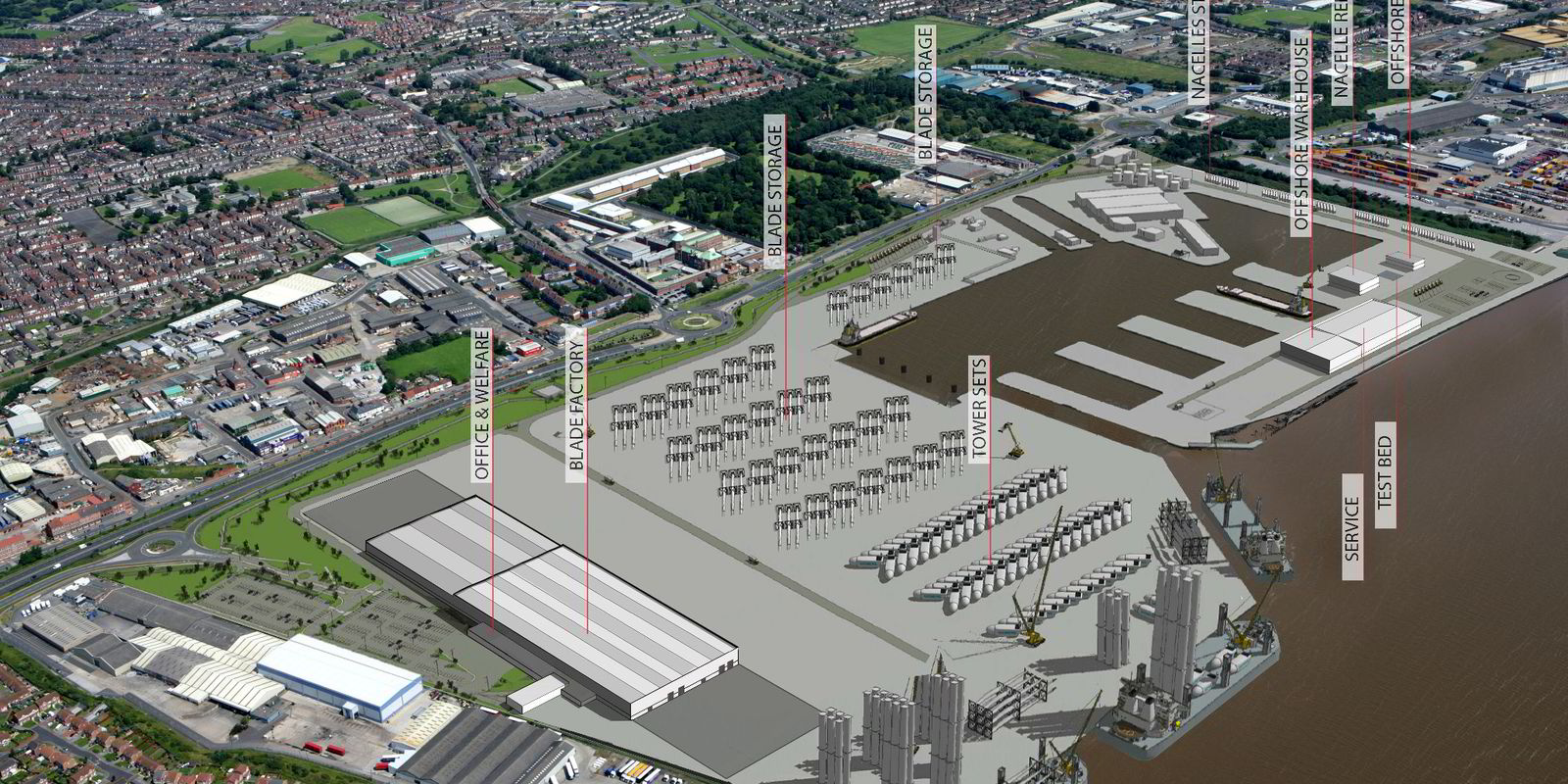The UK feed-in tariff system, which led on to the 2013 Contracts for Difference (CfD) scheme, will have a long-term benefit in that it provided “an additional dimension” of competition among potential project sites that will help reduce future costs.
“It is my feeling that there are a lot of developers working on Round 2.5 and 3 projects that are warming up and keenly looking at the next couple of rounds of CfD,” says Leupold.

